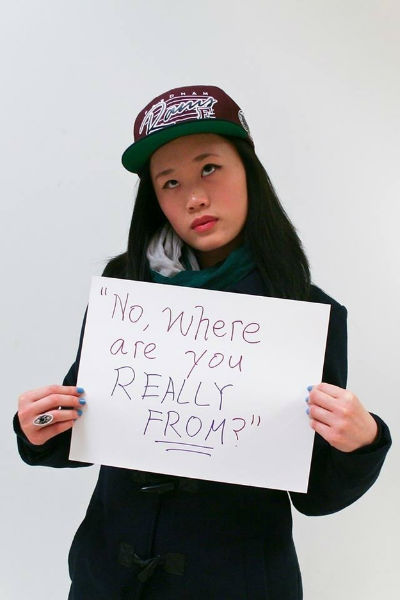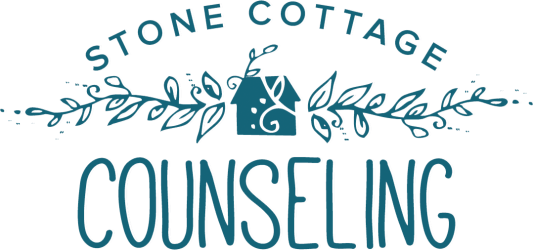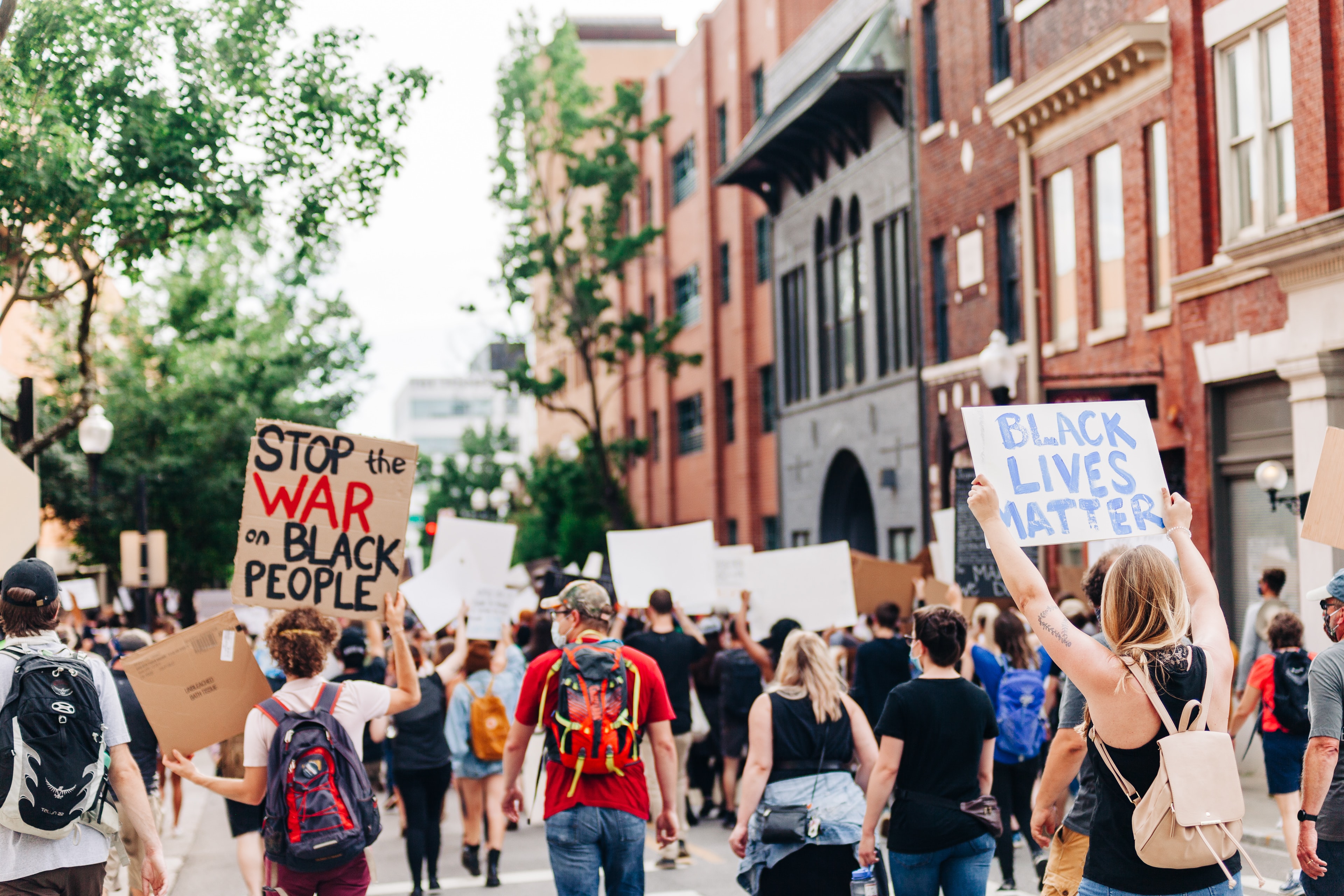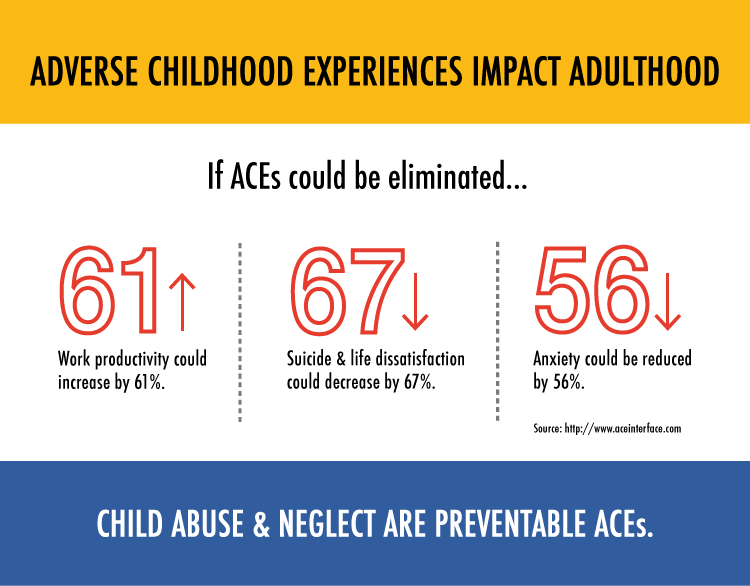“We’ve got to tell the unvarnished truth.”
I spent the weekend immersed in suffering. It’s a weird thing to say, but I’m not sure what else is there to say after a long weekend in Washington D.C. spent at the National Museum of African American History and Culture, the United States Holocaust Memorial Museum, and the National Museum of the American Indian.

I’m grateful for the time at these museums, the time to learn and to remember and to witness. It’s so easy to think that we alone have suffered and are suffering, that our suffering is context-less, that this moment will last forever.
But these museums provide an urgent reminder of not just atrocity and genocide and collective trauma, but that times change (for worse and for better) and that people can survive hardship and fight for dignity and impact the world in positive, beautiful ways. These sites remind me that we must not forget our shared humanity and the ways that our suffering is all connected. We suffer when we act in ways that strip the humanity from others or from ourselves. We suffer when we can’t see ourselves or others as fully human. (And yet, so often, it can takereal effort to see one another as fully human!)
I’m reminded, too, of the 1987 slogan of gay activists in the midst of the AIDS crisis: Silence = death. I saw that echoed in a quote from historian John Hope Franklin on the wall at the African American History and Culture Museum: “We’ve got to tell the unvarnished truth.”
So much of counseling is learning to speak outloud the unvarnished truth – as painful and difficult as it sometimes may be. The unvarnished truth can be freeing, and powerful, and can guide us into discovering what’s next. Speaking the unvarnished truth about our experiences and life in therapy can be a brave, life-saving act – an act that protects our humanity and the humanity of others.

TV Families and What They Have to Do With Us
I haven’t seen the new reboot of Roseanne but grew up on the original series (along with so many other shows… I was permanently indented into my family’s couch for a few years there.) It’s been interesting to follow different reviews of the new version, including critiques of its social or political messaging and diversity as well as positive reviews (sometimes both from the same source).
But what’s been most interesting to me is what the show has already spurred – lists of other shows that may be worth watching for their depictions of “real” America and real families. I read this list with tons of interest: it includes shows I’ve heard of like Black-ish and Fresh off the Boat, and then others that my pop-culture-oblivious self had no idea about (like The Good Place and Speechless).
So why does this matter so much I’m posting about this? Because there’s often a link between what we watch and how we feel about ourselves and the world. When we consistently don’t see people who look like us on TV (as is the experience of most people of color), we get the message we don’t matter, and that our experience isn’t important. We begin to believe the lie that a “normal” exists and that we’re different in a bad way. Racism on TV shows can make us more racist too.
There’s also lots of research, of course, that shows that when we only see stick-thin actors with perfect skin, we compare ourselves negatively to those images. In these and other moments, these TV images can make us feel worse and more isolated instead of what good TV can do: make us feel more connected and empathetic, and even boost our emotional IQ.
So I’m putting Black-ish on my list, along with a handful of other shows. Maybe you will too.

8 Tips for Talking with White Kids about Racism, Violence, and Charlottesville
I have a love/hate relationship with the internet, but I’m all love for the world wide web when I see articles that aim to help adults talk to children about important issues like racism and violence. Unfortunately, this is a conversation that parents of color are used to having with their children. It’s time for white families to catch up.
At the bottom of this post are a few resources. And here are seven tips:
- Let your child know that no question is stupid.
- Provide age-appropriate answers that support what you want your child to believe about the world. Do you believe there are “good” and “bad” people? Then use that language. In my family, we talk about how when people feel mad or sad, sometimes they act in mean ways.
- Remind them what your family believes – and how that guides your family’s actions. For instance, “In our family, we know that everyone’s equal and important and so we treat everyone with kindness and respect. I’m sorry that other people don’t feel the same way.”
- Let them know that there’s also lots of good in the world. Brainstorm a list together of different things they’ve seen or experienced in the last day or two that have made them feel happy, loved and loving.
- Let them know your job is to help them stay safe.
- Limit exposure to upsetting media. Like adults, kids’ anxiety can go up when they have information they don’t have the capacity to fully process.
- Consider a realistic family project to help your child feel empowered to act. A few ideas are drawing a sign for your front yard, having a lemonade stand and giving money to a charity you believe in, or sending a thank-you note to an activist or politician you respect.
- Despite what many of us grew up believing, we know now that kids confront racism best when race is something they know they can talk about openly. Being “color blind” is a myth, and one that can be offensive to many people of color. Learn more about talking to kids about race here.
This article from the New York Times does a good job compiling book resources.
Local bookstore Charis has compiled a great list of books.
This article may be a helpful first-person perspective on talking with white children.

Blog Hodgepodge: ACE Scores, Bias, Lived Experiences, and A Radio Interview
I got to talk on the radio recently about depression, suicide, and teenagers. I’m glad to continue to spread the message about adolescent mental health concerns, even though it’s always sobering to consider how mental and physical health issues can be created or exacerbated by so many preventable factors.
I’m a big fan of the Adverse Childhood Experiences (ACE) Scale as a quick way to look at what sorts of factors may have been present – or absent – in my clients’ lives that may impact them to this day. None of us exist in a bubble. There’s good research on how trauma, neglect, race, class, immigration status, gender and gender identity, and so much else plays into how others treat us, brain function, and how we end up feeling about ourselves. (Here’s a recent reminder of racial bias affecting views toward young black girls.)
In my work as a therapist, I continue to be committed to seeing my clients as individuals whose own stories and experiences are a part of a larger social and cultural framework.
Microagressions, Race, and Beloved Community
I do a fair amount of eye rolling at the Atlanta Journal-Constitution for the unsubstantial click-bait on its homepage. (Currently “Hawks to Hold Cheerleader Auditions ” is front-and-center.) But I’ve been interested lately to read their Race in Atlanta series, and appreciative of the different perspectives they’ve highlighted. (For a few examples of stories, click here or here.)
” is front-and-center.) But I’ve been interested lately to read their Race in Atlanta series, and appreciative of the different perspectives they’ve highlighted. (For a few examples of stories, click here or here.)
The latest story is on microaggressions, with AJC journalist Willoughby Mariano providing some useful examples of daily indignities that People of Color endure and that people with my skin tone are often oblivious to. It’s worth a read and conversation.
Testing, Testing – Tips for Parents
These last few weeks, I’ve seen kid and teen clients’ stress skyrocket as a result of mandatory statewide testing. It reminds me of my own days as a student in DeKalb County schools taking the Iowa Test of Basic Skills way back in the 1980s. You may have a similar memory of using #2 pencils to bubble in answer sheets or long hours of boredom c oupled with the pressure to do well. As far as I can tell, none of that has changed.
oupled with the pressure to do well. As far as I can tell, none of that has changed.
It’s easy to be sympathetic to these clients and their anxiety. Tests can be confusing, and often don’t reflect what my clients have learned throughout the school year. Multiple studies over decades have shown that race and socio-economic class can impact scores, raising significant doubts about validity.
And yet, even when these smart, savvy kids have this information, they still feel tremendous pressure to do well on these tests. For some, these test results make up a significant portion of their final grades in school. For some, their performance impacts eligibility for talented-and-gifted programs. For many, it’s easy to tie self-worth to scores — which means even more pressure to perform.
In my years counseling teens and kids, many parents have come to me saying, “my kid seems more irritable around testing time.” This is not a surprise. When we’re anxious and don’t feel a lot of control, that can come out as irritability or efforts to control other parts of our lives in constructive or not-so-constructive ways.
So here’s what I tell parents:
1. Recognize that your child is likely feeling anxiety and pressure. They may not tell you that they’re anxious, but you may be able to tell if your child is acting out more than usual. Any perceived pressure from you may feel like “too much” to them, since they’re already worried and negatively anticipating the test.
2. Help them prepare in practical ways (getting a good night sleep and eating a good breakfast beforehand). If their school allows books or other materials for in-between testing times, help them select something that will reduce boredom.
3. Reassure your child that you love them and that testing is much less important than other things (their character, perhaps, or their overall effort during the school year).
4. Make plans with your child to do something fun after testing is over.
And, thankfully, testing will be done soon!

“Not Rich, Not White, and Seeking Therapy”
I was concerned but not incredibly surprised to read the findings of the article “Not Rich, Not White, and Seeking Therapy” in The Atlantic. It’s a quick read, but gets into how hard it can be to access counseling if you don’t sound rich and white when you call therapists to make an appointment. In other words, it shows how much the odds are stacked against people of color and people who sound working class — even with therapy. Here’s a quick quote:
“If [the researcher’s] experiment were to play out in the real world, an identifiably black, working-class man would have to call 80 therapists before he was offered a weekday evening appointment. A middle-class white woman would only have to call five.”
As a white woman who’s anti-racist, I’m appalled. The field of therapy has to do better. We have to do better. Everyone deserves access to high-quality healthcare for physical and emotional concerns.




